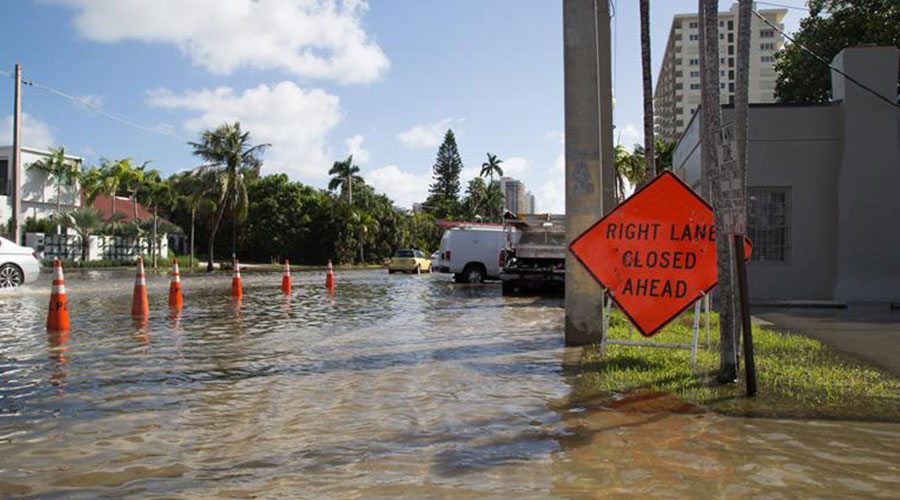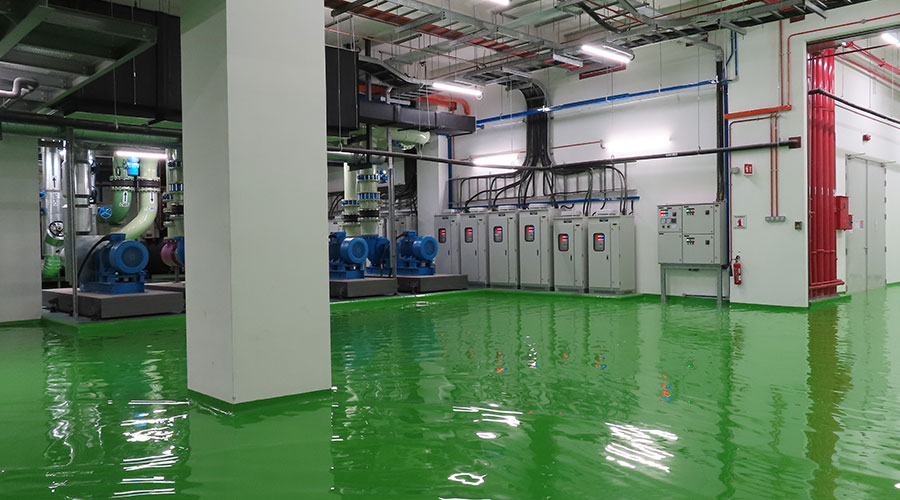Outlook
AEDs Save Lives, But Only If People Know How To Use Them,
At 7:05 a.m. on April 15, 2002, Arthur Conway, a temporary employee of the Starbucks Coffee York Roasting Plant in York, Penn., was struck down in sudden cardiac arrest. Conway, a father in his late fifties, was in the hallway near the entrance to the plant when he dropped to the floor and lost consciousness. Upon hearing Conway fall, Starbucks staffers Judy Borror, Zenda Edwards and Joyce Shortencarrier went into action.
Borror ran to Conway’s side to check on his condition. After verifying he was in distress, she sought out a member of the plant’s emergency response team, Linda Harrell. While Edwards remained with Conway, Shortencarrier called 911. Within moments, other members of the plant’s emergency response team arrived on the scene.
Starbucks employees Sherry Witmer, Jess Venable, Chuck Hoffman, and Linda Harrell — all trained in automated external defibrillator (AED) operation and CPR — knew what to do. After assessing the situation and seeing Conway’s color noticeably worsening, Witmer ran to the area where the AED was stored. Hoffman, Harrell, Venable and Edwards remained with Conway. By the time Witmer returned with the AED, CPR had already been initiated. The team of Starbucks employees worked together. Hoffman attached the AED pads to Conway. Using the AED machine, Conway was shocked once and then was given CPR. Venable and Hoffman took turns applying the compressions and Witmer and Harrell took turns administering the breaths. The efforts paid off: A pulse was detected.
Paramedics arrived on the scene moments later to provide advanced care and Conway was brought to Memorial Hospital.
What would have happened if an AED had not been available and people had not been trained to use it? It’s impossible to say, but the fact is that for every minute that passes after sudden cardiac arrest the survival rate drops by about 10 percent.
An AED is designed to provide a lifesaving shock to a person suffering from sudden cardiac arrest. The shock will stop the person’s heart, allowing it to reset itself to a proper rhythm and function again effectively.
The American Red Cross’s goal is to have an AED located within four minutes of every American, and someone trained to use it in the event of sudden cardiac arrest.
Many businesses and public venues — such as airports, shopping centers, schools and sports arenas — have purchased AEDs and set up AED programs for the protection of occupants and visitors.
Developing a plan
An AED program prepares occupants to respond to a sudden cardiac arrest. AED programs will differ based upon the particular needs and challenges facing each location and organization. The initial steps necessary to develop an AED program, however, are universal:
- Obtain medical direction and consult state laws for clarification. Medical direction or medical oversight may be provided to the workplace by a facility’s medical staff or through a contractor. The medical director will act as a consultant in all areas of the AED program and provides a prescription for the devices where required. The medical director can help ensure that proper training is given to the appropriate staff; that maintenance procedures are in place for the device and associated ancillaries; that a functional emergency action plan is in place; that local emergency medical services (EMS) is appropriately involved with the program; and that the program is evaluated effectively as it is implemented.
- Establish or revise an emergency response plan. An emergency action plan considers what emergencies may possibly be encountered at a facility, then plans for prevention of, preparation for and response to those emergencies. In regards to the AED program, preparing an emergency action plan means considering the likelihood of a sudden cardiac arrest taking place by taking into account factors such as the number of people potentially using the facility, and their possible ages and conditions. Additionally, those preparing the plan will look to see how many AEDs are needed for a timely response.
The emergency action plan also looks at communication — making sure that people know to respond in the event of an emergency. The plan spells out who activates the emergency action plan, who calls 911, who the first responders are and who is responsible for what communications.
To learn how to develop an emergency action plan, click on “Be Prepared.”
- Review the state’s Good Samaritan laws. Contact local or state EMS for laws that apply to the area.
Other considerations
When developing an AED program, assessment, funding, legal matters and implementation issues must also be considered.
Assessment looks at the needs of the environment and asks questions such as:
- How many AED’s are necessary? Some variables to consider are the location of phones, first aid kits, secured entryways; vertical as well as horizontal distances that must be traveled; and locations of those trained and designated to respond.
- How long will it take EMS to arrive at the facility and get to the person suffering the sudden cardiac arrest? Are there obstacles such as secured doors or stairs? How long will it take if the closest EMS units are in service elsewhere when an emergency takes place at the facility?
Facility executives should consider the budget necessary to purchase the equipment, train the employees, volunteers or other staff, and to provide program maintenance. The average cost of an AED is $2,300.
Legal issues include a check of the good samaritan laws for a state. All 50 states have provided limited liability for lay rescuers trained to use AEDs by a nationally recognized training agency such as the American Red Cross or the American Heart Association. Many states also provide limited protection for the business and the medical director.
When considering implementation issues, it must be decided whether the AED program will be best implemented internally through designated employees familiar with the program and AED vendor or by purchasing a solution package from an outside organization to provide management oversight. The management of the program could include a program point of contact, medical direction, program maintenance, data management, development of protocols, response plans and in-service trainings. Information on solution packages is available from AED vendors and local Red Cross chapters.
Greg Stockton is a health and safety expert for the American Red Cross.
Related Topics:











